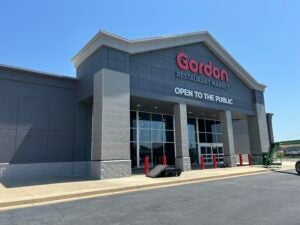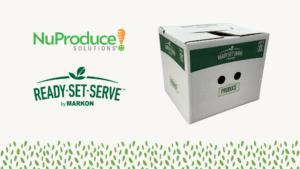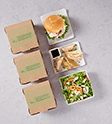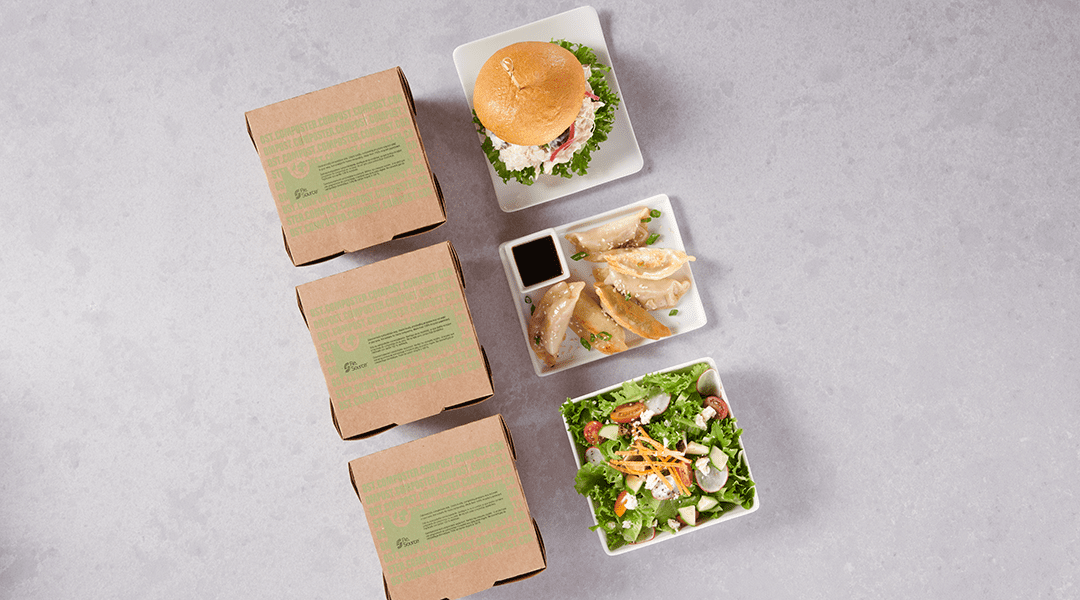School foodservice directors spend a lot of time planning. They have to manage staff, monitor the menu, track budget dollars, and address the beast known as procurement—the multi-step process of securing food and services that meet the program’s needs.
Procurement is a complex job that requires attention to detail. These days, details are in the data, which is collected at many points of every operation. Analyzing data will paint a clearer picture of your successes, failures, and needs, and this is exactly the information you need to be a better buyer.
Although the school foodservice bid doesn’t get submitted until the spring semester, the time to go to school on data is now, says Nicole Nicoloff, Gordon Food Service Education Segment Manager. If your school uses a POS system as students pass through the food line, you have item-selection data from the past year that will tell you the foods students choose and how those foods fit the nutritional makeup of your menu. It can also help with production planning and reimbursement.
Data tracking simplifies looking ahead at orders
This is an example of how data integrates multiple parts of the operation, everything from the menu to staffing to service, says Ben Gardner, Gordon Food Service Customer Intelligence and Strategy Analyst. He points out that savvy operators already are looking ahead at their 2017-18 bids.
“If you use data to discover your bestsellers, you’ll be better positioned to forecast your production because you know what the students will eat,” Gardner says. “The same data that helps you become a better operator also helps you become a better buyer. Those corn dogs the students crave can be part of your bid, and data helps make it possible.”
The new Gordon Food Service Commodity Management Application (CMA) tool blends data from a variety of places—Online Ordering, Recipe Manager, Inventory Manager, and My Account—showing which items can be purchased using USDA commodity dollars. It also makes sure schools get all the discounts to which they are entitled.
The data you collect on student eating habits has an added benefit when it comes to procurement—flexibility when a product is discontinued or has an ingredient change. Finding a substitute product is far easier when you have breakdowns on where it’s served on the menu, what nutritional components it contains, and how it’s structured in your bid.
Relying on data to buy what you bid has far-reaching benefits
Another way schools can use data to their best advantage is to validate what is bought vs. what is bid, Gardner says. Tracking food-usage data can help close the gap on those numbers. This benefits the district, the manufacturers, and the distributor:
· The school allocates its bid dollars more effectively.
· The manufacturer is able to more reliably forecast production.
· The distributor is able to prevent out of stocks.
Each of these represents a cost savings directly tied to using data—less surplus means less waste, and efficient production and delivery means lower costs.
Control waste and establish benchmarks by the numbers
Waste reduction is often overlooked as a way to control costs. Foodservice operations account for over half of the food waste in the United States, Nicoloff says, and using data to streamline your buying will reduce overstock and overproduction. It also can improve student consumption and satisfaction, a benefit to your program’s image and its bottom line.
Data tracking over time allows foodservice directors to establish benchmarks—essential for evaluating progress and making improvements.
“Benchmarking key performance ratios like food cost per meal, non-food cost per meal and meals per labor hour are practical applications of data that can have a significant impact on the operation.” Gardner says. “Using data to measure efficiencies clearly demonstrates the value of top performers and, for others, highlights areas where they can improve.”
Going forward, data literacy will be a requirement in school foodservice, Gardner says. Increased regulatory requirements, pressures for the foodservice operation to be a profit center and changes in what students eat all will require careful data-centered analysis to ensure the success of the foodservice operation.




























